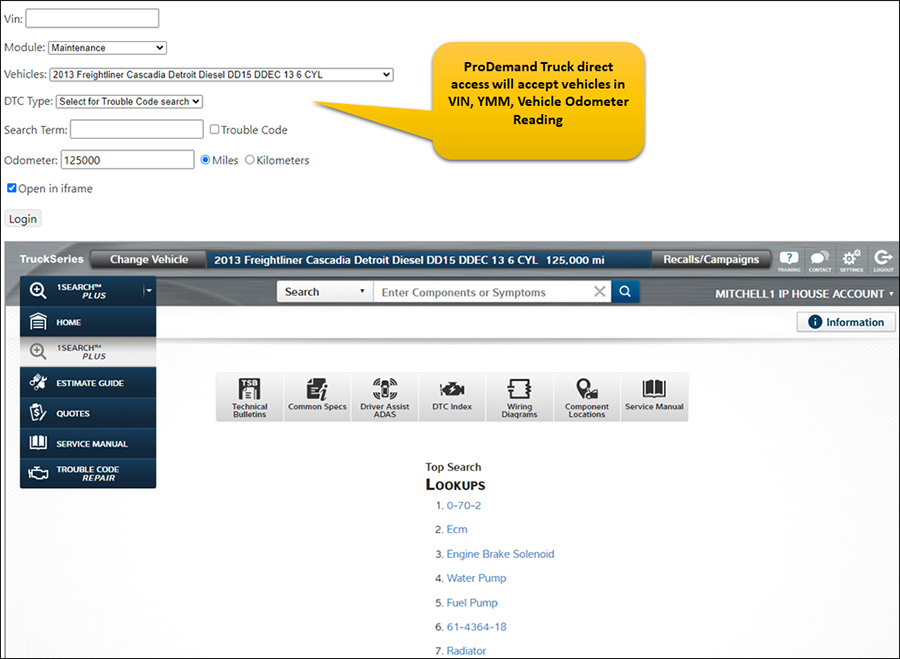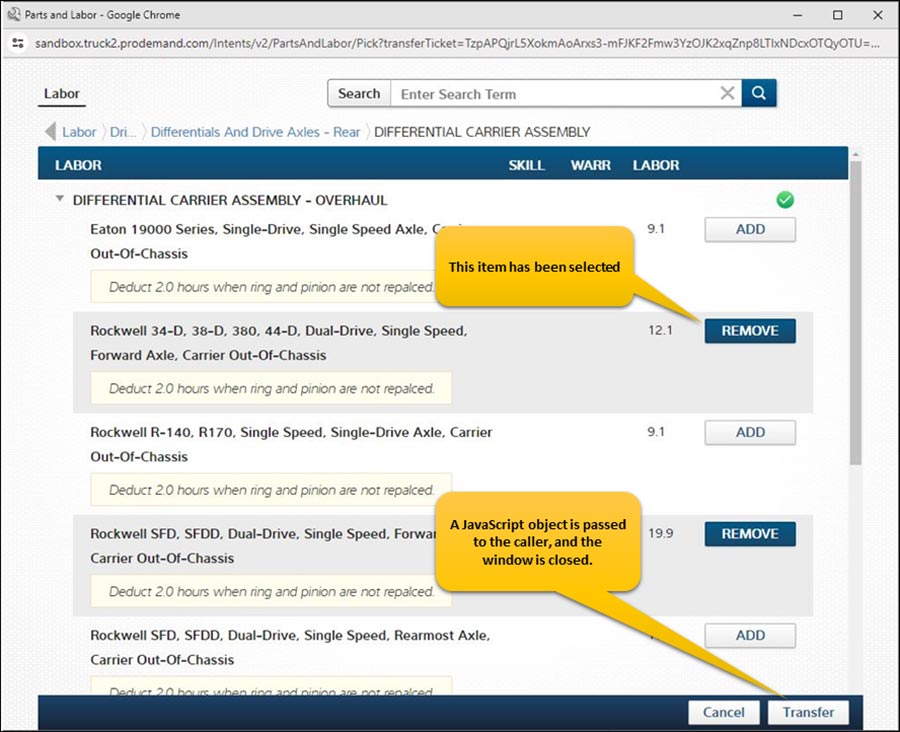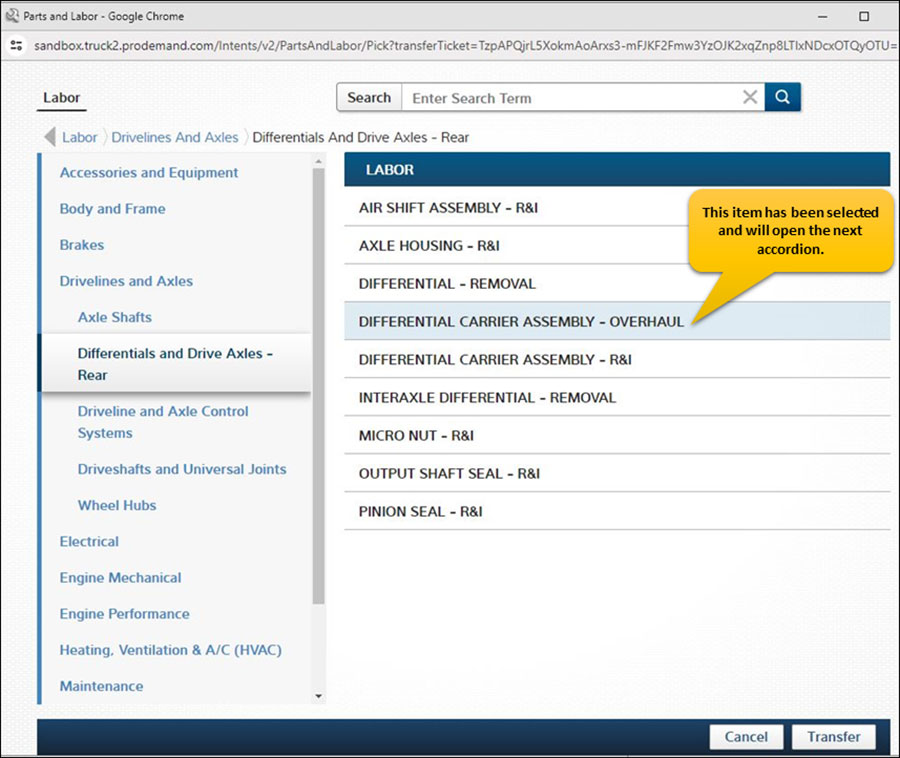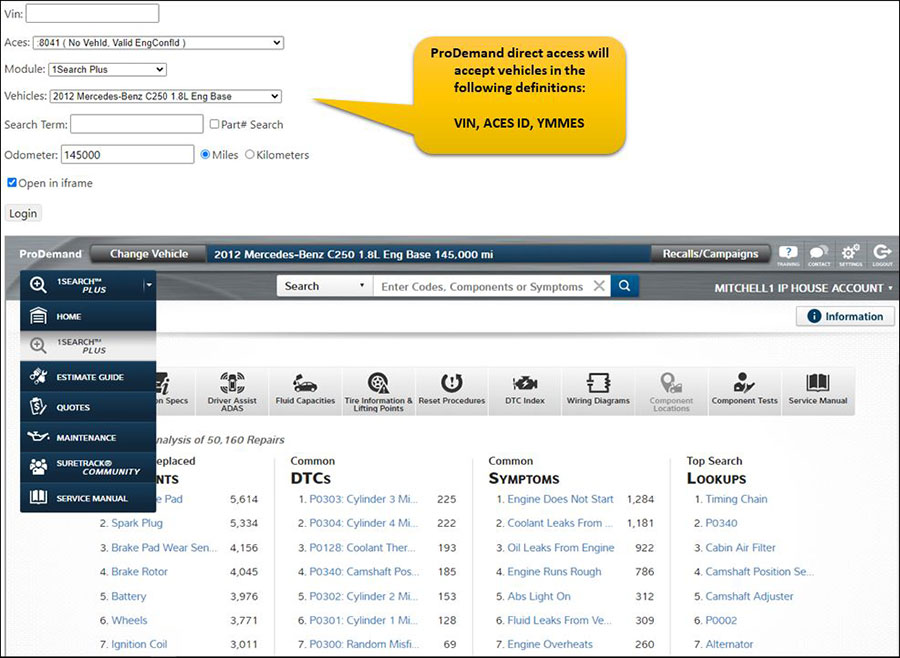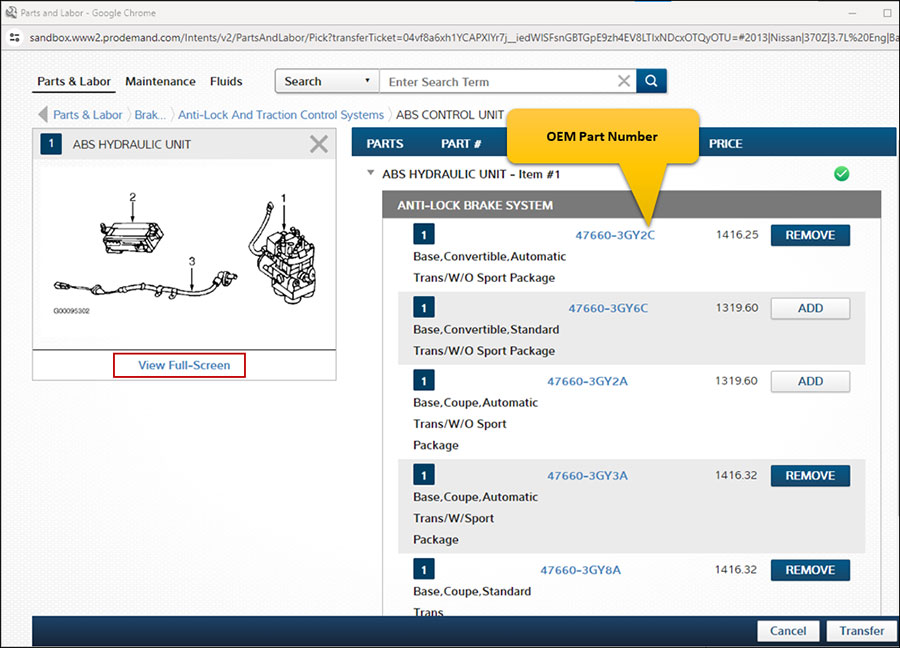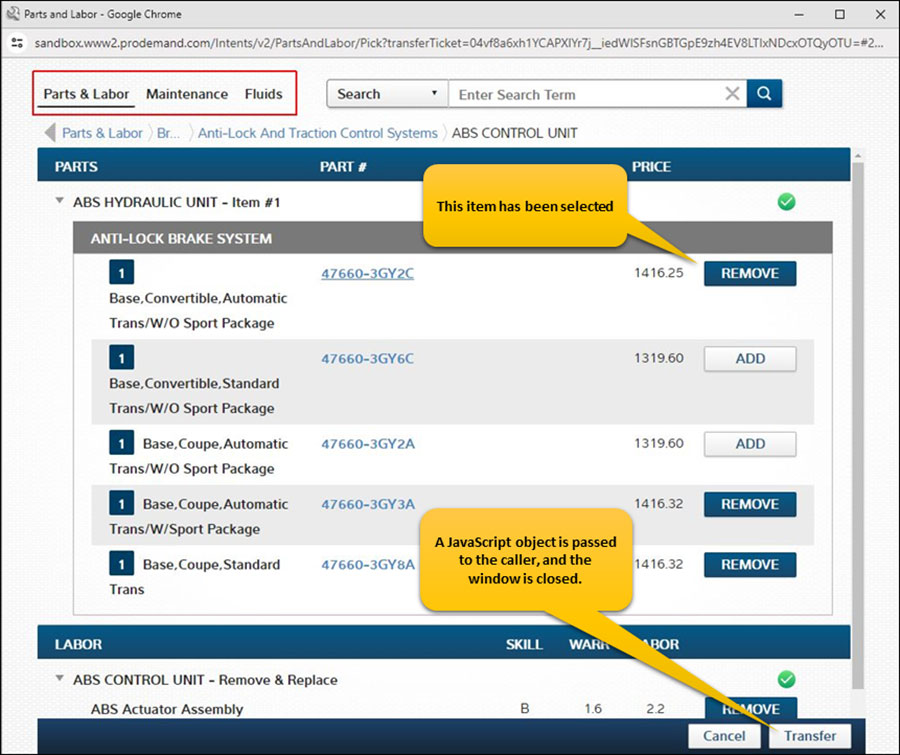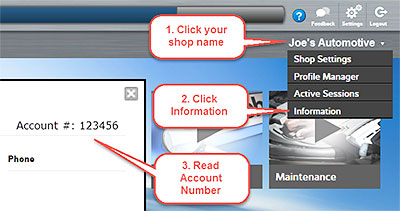 Technology is constantly changing in the trucking industry. Among the newer technologies are forward-facing cameras, more commonly known as “dash cams,” as well as in-cab cameras that monitor the driver’s activities.
Technology is constantly changing in the trucking industry. Among the newer technologies are forward-facing cameras, more commonly known as “dash cams,” as well as in-cab cameras that monitor the driver’s activities.
Fleets are embracing the addition of these cameras for many reasons. Cameras can improve safety by helping to identify drivers who are taking risks while driving, like distracted driving, speeding and more. The recorded events may then be used as a training tool.
A valuable feature available on many of the cameras on the market today is GPS tracking with real-time information, useful for tracking vehicle speed and providing driving condition images. Cameras enabled with sleep detection can sense when a driver falls asleep or appears drowsy and cause an alarm to sound and vibrate in order to rouse the driver.
Another common reason for having a camera onboard is proof of innocence in the event of an accident or collision to verify that the driver was not at fault. Many cameras can record events, such as a collision, and automatically save the video to an installed storage drive or to a cloud server. The saved files can serve as proof of innocence and save companies in liability costs and insurance claims.
On the flip side, one of the obvious and inevitable downsides to having these cameras is capturing a record of when a driver is indeed at fault for a collision. However, many fleets and the insurance industry have weighed the pros and cons and determined that the pros of having this technology significantly outweigh the cons.
Want to read more about dash cams? Here are a couple articles that might be of interest:
- Best practices to build a safety program by using dash cams
- Mirrors and cameras: Giving your fleet 20/20 vision
